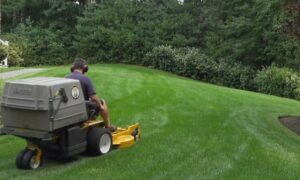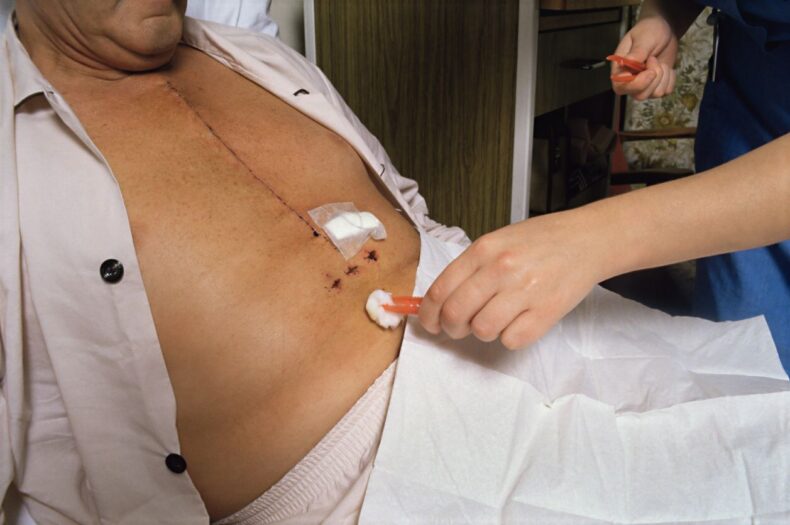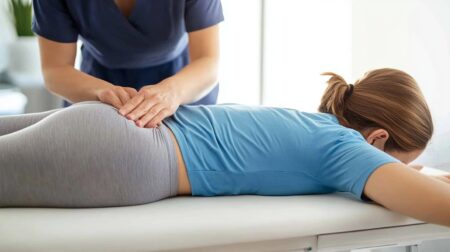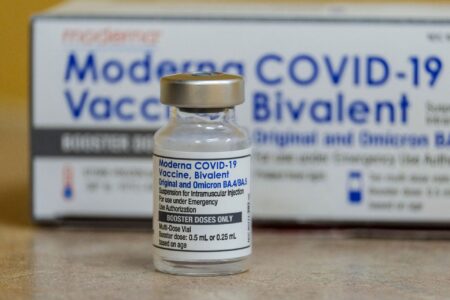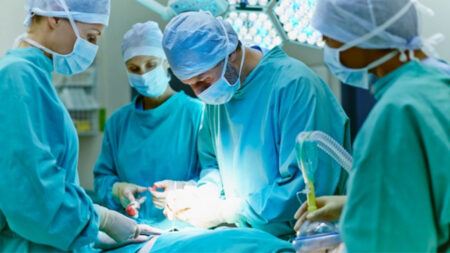Researchers from the University of Waterloo, have come up with a unique method of using Fucoidan. It is a seaweed compound in artificial heart grafts for better results in the long run.

Why is a Heart graft Used?
Bypass heart surgery also known as Coronary artery bypass graft creates a new path of blood flow to and from the heart where the previous path is blocked due to the ischemic heart condition. However, this surgery also called the CABG does not cure the causes of heart disease.
It paves an alternative way for blood flow which relieves the stress caused by the blockage in the heart.
What are Seaweeds
Seaweeds are macroscopic organisms found in abundance in water bodies. Until a few years back, they were considered of no use, due to the development in research in seaweed. Their various chemical compounds can be used in novelty. These seaweeds don’t have a true stem or root system like plants; they are made of a single thallus body, the undifferentiated vegetative tissue of the plant. They mostly fall under the algae group but not all seaweeds are algae, which can be brown, red, or green.

Usual Method of CABG
CABG is usually done using the vascular graft from the patients obtained from the thigh or calf portion. These grafts after years also get blocked due to the progression of the heart disease and require revision surgery then. The part from which the graft is procured is also compromised in its original function.
This led to the usage of artificial synthetic grafts for coronary bypass grafting.
Use of Fucoidon In Bypass Grafts
Fucoidan is a molecule that mimics the heparin structure isolated from seaweeds. They are been micropatterned to the synthetic grafts and then place in patients. This can be used in grafts less than 6 cm in diameter, which is prone to blockage or inflammation due to shrinkage in the future. These molecules aid in blood liquefication and prevent the clots from clogging in the grafts, and also promote the growth of vascular cells in their inner layers of grafts.
These Grafts act as a biomaterial supporting structure for the formation of a vascular bed from the patient’s own cells. Thus, making the graft efficient and viable in the longer run.
Researchers from The University of Waterloo are successful in animal studies of this unique method and are in the stages to expand its clinical trial. A successful result will be a great addition to heart surgery medicine.

